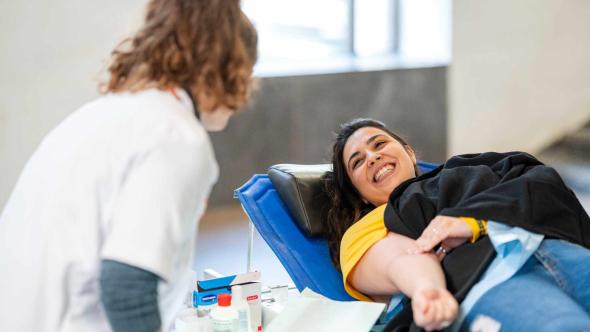On the Namur university campus, students who want to get involved in community life have access to a number of meeting places. These include Circles, Regionals and also KàPs, which offer members the opportunity to carry out a project close to their hearts over the course of an academic year. Each KàP brings together students who work together on a project, usually living in the same community housing. Their missions fall into three categories: campus animation, humanitarian and societal support, and student services.
The first KàPs have been around since the early 1980s. Over the years, KàPs have become highly professionalized, adopting an organized and regulated structure. As early as 1986, a procedure for allocating, evaluating and subsidizing KàPs was set up under the supervision of the authorities of the University of Namur. At the same time, the construction of community housing intensified in several locations on campus, including the Quai Ferdinand Courtoy and Bon Pasteur districts.
There are currently some fifteen KàPs on the UNamur campus. Every April, a call is opened to encourage students to launch their own project.

